2021 INDUSTRY SENTIMENT SURVEY


This report presents data from 60 respondents from digital health companies, or associated with digital health companies, who participated in our 2021 sentiment survey. It is a repeat of the sentiment survey conducted in May 2020 and published in our widely-acclaimed publication, Digital Heath, The Sleeping Giant of Australia’s Health Technology Industry.
In 2020, ANDHealth published the inaugural "Sleeping Giant" report, based on an analysis of data provided by more than 300 emerging high-growth potential digital health companies in our database to ascertain how they felt about the issues that matter in the Australian digital health sector.
Included in that report were the results of a sentiment survey with a smaller cohort of companies (35-53 companies, depending on the question), particularly focussing on how digital health companies were surviving in the face of the COVID-19 pandemic.
We repeated this sentiment survey in July/August 2021, in the midst of pandemic lock-downs across Australia. This report provides a snapshot of the digital health industry, based on the 60 completed responses to the 2021 sentiment survey.
The next edition of Digital Heath, The Sleeping Giant of Australia’s Health Technology Industry, will be published in early 2022, and will include analyses of data provided by 530 emerging high-growth potential digital health companies in our data base.


Sixty out of 80 respondents completed the entire survey; only data from the 60 companies who completed the survey have been included in this report. Responses came from digital health companies and those with an interest in the industry.
Team/Company Size
60% of respondents were either CEO, CEO/Founder, or Founder
Company Age
Of the 60 respondent companies:
•72% were founded between 2015-2020
•23% between 2000-2014
•5% between 1995-1999
Company Size
•The median size of teams/companies in this year’s survey was 5 FTE; 1 company reported 0 FTE
•33% of companies reported < 3FTE in 2021

•65% of companies reported 3-40 FTEs in 2021
82% of respondents indicated an intent to recruit additional FTE in the next six months
Company Locations
Respondents could select multiple states or international locations as their company base.

Fifty-nine out of the 60 responding companies had a base in Australia with all states and territories represented. The majority were based in Victoria and New South Wales.
Ten companies (11%) also had an international base, predominantly in the United States of America, the United Kingdom or India.
One company was solely based overseas.
Company Expansion Plans
Companies could select multiple locations from a targeted list.
42% of companies do not intend to expand to another destination.
58% of companies intend to expand to one or more destinations:
• 22% only within Australia
• 13% within Australia and internationally
• 23% only internationally
Of the 21 companies with Australian expansion plans, leading destinations are Victoria, Queensland and New South Wales.
Of the 22 companies with international expansion plans, leading destinations are the USA, Singapore and the UK.
Desired expansion locations within Australia:
Gender Representation
On average, Executive Teams had 32% female representation (median of 25%).
37% of companies had no female executive staff, while 13% had all female executive teams.
An average of 26% of board/advisory board members were female (median of 25%).

35% of companies had no female board/advisory board members.
5% had 100% of female board/advisor board members. What
33% of companies have a female CEO or managing director
47% of companies have one or more female founders
There is still work to do to address the gender inequality gap across executive, board and advisory roles.
Participation In Accelerator/Incubator Programs

60% have participated in an accelerator/incubator program, with an average participation of two programs.
More than 40 different programs were mentioned by respondents. Of these, 54% were mentioned twice or more (see table).
ANDHealth was the most frequently mentioned accelerator in this digital health industry survey, with 10 companies attending an ANDHealth program (one company attended two programs). This may reflect that companies on the ANDHealth database were approached to complete the survey, along with other companies engaged through other digital channels.
Capital Raised to Date
• 64% of respondents have not raised capital or have raised a small amount (<$500k)
• 39% of respondents had not yet raised capital
• 16% of respondents had raised in excess of $5M

Of those that had raised capital:
• Average amount raised = $5.28M
• Median = $850K
Of the companies who had raised raised capital, the average timeframe to raise has increased:
• 62% of companies reported raise times of six months or longer in 2021 versus 48% in 2020
• 23% noted long time frames of > 12 months
• 8% >18 months vs 12% in 2020
• 15% 12-18 months vs 10% in 2020
Planned Capital Raising
In 2021, 80% of 60 respondents plan to raise in the next 12 months.

In 2020, according to the Sleeping Giant report, 84% were planning to raise capital.
In 2021, 20% did not plan to raise compared to 16% in 2020, reported in the Sleeping Giant report. Of the 80% that did plan to raise in 2021, 11% were aiming to raise $10M+ suggesting increased ambitions/scale of planned activities.
How much funding are you planning to raise in the next 12 months?
FUNDING AND INVESTMENT
Sources of Capital
Of the 60 respondents, 50 respondents selected 139 different capital sources from the choices provided, indicating many of these companies are seeking capital from various sources. 10 respondents (17%) indicated in this section that they do not plan to seek capital.
Other (please specify)
N/A, not planning to raise
ANDHealth Industry Sentiment Survey 2021 | n=60 respondents, 139 responses
Six companies selected ‘Other’ sources of funding, which included: ‘ASX,’ ‘on market,’ ‘rights issues,’ ‘possibly ASX, also expect to be revenue positive,’ ‘strategic client investment,’ ‘debt funding’ and ‘not sure yet.’

FUNDING AND INVESTMENT Investors

Data from 2021 compared to 2020 show a lower perception of confidence in local investors having the know-how to adequately support respondent’s company, and increased confidence in international investors having the know-how.
Do you feel that local investors have the knowledge, skills and ability to adequately support your company?
Do you feel that international investors have the knowledge, skills and ability to adequately support your company?
Rapid innovation has driven significant changes to software function and adoption, giving rise to a larger number of digital therapeutic products able to inform, drive or replace clinical decisions, or directly provide therapy to an individual.

These rapid advances in computing technology and software production have led to a large increase in the number of software-based medical devices available on the market.
Digital health companies are obligated to provide robust clinical evidence on efficacy and safety, verified by an independent regulator, to substantiate the claims they make about the impact of their products and services.
In February 2021 Australia's regulatory authority for therapeutic goods, the Therapeutic Goods Administration, released Software as a Medical Device (SaMD) Guidelines which marked a coming of age for the digital health industry. A strong regulatory environment fosters innovation domestically and increases the availability of products that benefit the health of Australians, whilst providing the right level of regulatory rigour for safety, quality and efficacy.
50% of companies indicated that the guidance provided by the TGA, with respect to the regulation of SaMD, has provided greater certainty of regulatory pathways for their business. While 17% did not know if SaMD has increased clarity, 16% did not think it was relevant to their technology.
The TGA’s SaMD Guidance has provided greater certainty of regulatory pathways for my company:
Trends in Levels of Confidence in Navigating Critical Areas of Regulation

Overall, the vast majority of respondents demonstrated some level of confidence in strategically navigating different aspects of regulation, though the level of confidence was distributed. This confidence had increased since last year’s survey. Note that not all who felt confident in navigating regulations agreed that the SaMD guidance offered greater certainty.
Levels of confidence in navigating regulations in major overseas markets, however, reduced to 47% in 2021 from 63% in 2020, and 13% felt not confident at all compared to under 5% in 2020.
Digital health regulation in Australia

Digital health regulation in major markets overseas
Completely confident Fairly confident Slightly confident Not confident at all Not sure
ANDHealth Industry Sentiment Survey 2020 | n=53 respondents
ANDHealth Industry Sentiment Survey 2021 | n=60 respondents
Completely confident Fairly confident Slightly confident Not confident at all Not sure
ANDHealth Industry Sentiment Survey 2020 | n=52 respondents ANDHealth Industry Sentiment Survey 2021 | n=60 respondents
Access to Skilled Regulatory Consultants
Only 5% of companies did not consider regulatory consultants relevant to their business.
59% felt they had some level of access to skilled consultants to assist with their regulatory strategy, and of these at least 22% felt there was ready access.
8% felt they had little or no access to skilled regulatory consultants. 18% were not sure.
Are you able to readily access skilled regulatory consultants to assist you with your regulatory strategy?

Reimbursement for Growth
To fully realise the health and economic benefits inherent in evidence-based digital health, new models or evolution of reimbursement frameworks need to be considered in Australia. Clearer pathways to reimbursement will create a stronger environment for commercialisation and improve the health of more Australians by making world class digital health products accessible.
Most companies (79%) agreed/strongly agreed that a reimbursement pathway for digital health technology would significantly accelerate the growth of their business.
During the COVID pandemic, reimbursement of telehealth was a major step forward in accelerating the uptake of remote patient management. While telehealth provides critical infrastructure, digital health incorporates substantially more and varied solutions than telehealth.
This is reflected in our survey in which 47% of companies said telehealth reimbursement had no impact at all on their business, and 33% did not consider telehealth relevant to their technology.
Relevant reimbursement pathways for digital health technologies are essential to support the prevention, diagnoses and treatment of health conditions via digital medicine and digital therapeutics technologies.

on respondent’s
Companies agree that a reimbursement pathway would accelerate the growth of their business but the catalyst is not telehealth.

Access to Skilled Reimbursement Consultants

31% of companies felt they could access skilled reimbursement consultants in Australia to some degree; 21% felt that they had little or no ready access to skilled consultants in Australia.
Access to overseas consultants varied across overseas markets: US was perceived to offer higher access to skilled consultants (29%), followed by the UK, the rest of Europe then Asia Pacific
The not applicable and not sure responses were high for this question, collectively 46% for Australia, 51% for US and > 60% for the other markets.
international markets
& CLINICAL VALIDATION
Clinical Validation
In 2021, more respondents are confident with the quality of their clinical evidence compared to 2020. Only a small percentage (5%) are undertaking a clinical trial or study. In 2020 and 2021, a similar proportion of respondents have preliminary evidence to validate their product claims.
Response
We are confident that we have quality clinical evidence that we can achieve our product claims
We have preliminary evidence that we can achieve our product claims
We are currently undertaking a clinical trial or study
We are planning to begin gathering clinical evidence in the next 12 months
We know what we need but we don’t know how to get it
Commercial Validation
The respondents are at various stages of commercial validation and only a small portion (5% in 2021) do not have a final price range/do not know their who their customers will be. In 2021, more respondents are allowing early adopters to pay a reduced fee or will give them an introductory price point. Response
We are in market and are being paid full price for our product
We have some early adopters who are paying at our proposed price point
We have some early adopters who are paying at a reduced or introductory price point
We are gathering commercial validation data in the next 12 months
We do not yet have a final price range to discuss with customers and/or we don’t know who our customers will be

Listening to the Voice of Users vs Paying Customers
Voice of User data includes feedback, preferences and insight from the direct users of a company’s product. Voice of Customer data includes feedback, preferences and insight from entities who will pay for a company’s product.
Digital health companies need to have a deep understanding of the voice of their users as well as their paying customers. Clinical need itself does not necessarily
create an incentive for a particular cohort to purchase and implement the technology. Neither does the economic impact of a disease, or the cost of wastage in treating a disease, or the savings to the system if patients were better diagnosed, managed or treated, necessarily relate to an incentive to use and/or pay for the technology.
In 2021, all companies believed that the voice of user/ customer was relevant to their company.

The importance of the global market-export industry is recognised by survey participants, who currently report being predominantly active in the USA, Asia Pacific and the UK. These countries are seen as potential markets for the future followed by the rest of Europe and Canada. In 2020 and 2021, nearly 70% of companies reported being completely/fairly confident to effectively penetrate these major markets.
In 2021, 64% of companies reported being completely/ fairly confident to effectively penetrate major markets using in-house knowledge and expertise, an increase from the 46% of companies who reported this way in 2020. While 37% remain slightly/not confident unsure of their abilities to do so, this is an improvement on the 55% who reported this way in 2020.

GOALS AND CHALLENGES
Company Goals
In 2021, companies were asked to rank their company goals (1 to 5) from 21 options; top five goals from the collective responses are shown here.

In both 2020 and 2021, increasing revenue, partnerships and accessing commercial customers were identified as key company goals for the next 12 months. In 2021, raising additional funding and international market launches replaced commercial pilots, hiring staff and developing a sustainable business model. Other responses included in 2021 were scale up, 24/7 operational excellence, access healthcare data.
2020 Goals Ranked
2021 Goals Ranked
Commercialisation Challenges
In 2021, companies were asked to rank their commercialisation challenges (1 to 5) from 13 options; top five challenges from the collective responses are shown here.
In 2020 and 2021, access to capital was reported as the number 1 challenge to commercialisation. Other leading perceived challenges in 2020 and 2021 continued to be lack of digital health specific grant programs, limited digital health dedicated investors, and implementation and uptake challenges.
Access to customers emerged in the top five challenges in 2021, followed by globalisation and regulation challenges. Talent and skill attraction and retention fell out of the top five overall responses but remained in the top 10.

GOALS AND CHALLENGES
Skills and Services
In 2021, companies were asked to rank required skills and services (1 to 5) from 18 options; top rankings from the collective responses are shown here. Top 5 are shown for 2020; all responses shown for 2021.
In 2021, software development, health economics and support with clinical studies emerged as top skills and services required. This is possibly due to recognition

that skills are needed to validate and build evidence for safety, efficacy and quality of products in order to meet regulatory requirements.
Other free text responses included in 2021, but not in the top five, were data security/governance, managing 24/7 operational services including clinical standards etc, business development, exporting, recognition of the importance of accurate clinical data and adoption of an open knowledge based national platform.
GOALS AND CHALLENGES
Attracting Investment
In 2021, companies were asked to rank what would attract investment in Australian digital health technologies (1 to 5) from 8 options; top rankings from the collective responses are shown here. Top 5 are shown for both 2020 and 2021. In both 2020 and 2021, the top five opportunities identified as those that would assist in attracting more investment into Australian digital health technologies were: facilitated investor matching, identifying and showcasing local digital health success stories and prioritising funds to scale-ups over start-ups.
Hosting international markets and one-on-one meetings fell out of the top five priorities possibly due to the reduced capacity to travel because of the COVID pandemic.
Accessing international investors and international experts in digital health emerged in the top five priorities, indicating a global outlook for investment sources. Ranking2020
4 Delegations to international markets
Accessing international experts in digital health

Prioritising funds to scale-ups over start-ups
Hosting
In our 2020 survey most respondents were concerned that COVID-19 would negatively impact their ability to raise capital and attract government funding. Most importantly, 70% of respondents were concerned that COVID-19 would likely have a negative impact on their ability to access their customers.
It is a testament to the resilience of these companies that, in 2021, a greater proportion reported experiencing no impact from COVID-19 on their business in the areas described below, compared to 2020.
Some companies reported positive impacts from COVID-19 on access to customers (35% v 17% in 2020), ability to secure government funding (15% v 14% in 2020) and ability to raise capital (23% v 11% in 2020).

While, in 2021, a significant number of companies reported negative impacts on these aspects of their business (45%, 35% and 32%), these scores were significantly lower than in 2020 (71%, 46% and 63%).
Interestingly, in 2020, 26% of respondents felt that the pandemic would have a positive impact on regulatory issues, presumably associated with moves towards an increased appetite for digital health in the healthcare system. However, in 2021, only 18% reported a positive impact on regulatory issues, despite the introduction of SaMD guidance by the TGA.
In 2020, 26% of respondents felt that there would be no impact from COVID on access to reimbursement in Australia, while in 2021 this has grown to 42% of respondents, despite the fact that reimbursement for telehealth as a COVID management strategy continued during this period.
Self-assessed impact of COVID-19 on the following aspects of business:

Potential positive impacts on the Australian Digital Health Industry
Responses to this question mirrored the trend of 2020, with the majority of companies seeing increased acceptance by the medical community and patients as the greatest potential positive impact of COVID-19 on the Australian digital health industry.
In 2021, 65% of companies also believed that, postpandemic, there will be a larger market for digital health technologies, compared to 26% in 2020; and increased awareness among investors (63% vs 20% in 2020).
Overall in 2021 there was an increased number of companies reporting positive impacts from COVID-19 on the Australian digital health industry, however 12% did not see any positive impacts.
In 2021, companies selected multiple answers from 11 options; the table shows ranked responses
Ranking Response
1 Increased acceptance by medical community
2 Increased acceptance by patients
3 Larger market for digital health technologies
4 Increased awareness among investors
5 Easier market entry
6 More reimbursement for digital health technologies
7 Increase acceptance by insurers
8 Increased government funding
9 Clearer regulatory pathway

10 There are no positive outcomes
11 Other
ANDHealth Industry Sentiment Survey 2021 | n=60 respondents
Areas of digital health most likely to grow as a consequence of COVID-19
•As with 2020, telehealth and remote monitoring were the two areas perceived as most likely to grow in 2021 as a consequence of COVID-19. Fewer companies, however, held these beliefs. In 2021, 60% of companies believed telehealth would grow compared to 85% in 2020; 48% believed remote monitoring would grow compared to close to 68% in 2020.
•In 2021, companies recognised a broader suite of digital technologies would grow because of COVID-19, indicating a greater recognition for the potential impact of digital health.
•In 2021, 17% of companies were familiar with and selected digital therapeutics as a growth area, indicating an increased awareness of its definition. Note this option was only made available in 2021.
In 2021, companies selected multiple answers from 11 options; the table shows ranked responses
Ranking
Response
1 Telehealth
2 Remote monitoring
3 All of the above Digital mental health
4 Data analytics
5 Digital therapeutics

6 Self-testing
7 Wearables
9 None
COVID-19:
IMPACTS AND OPPORTUNITIES
How long the impact of COVID-19 on the digital healthcare industry will last
As in 2020, the majority of respondents in 2021 believed that the impact of Covid on the digital healthcare industry would be permanent.
Length of impact of COVID-19 on the digital healthcare industry
*Not asked in 2021
**Not asked in 2020
sure 18%
Until a ‘COVID normal’ equilibrium is achieved** 26% 15% 9% 6%

ANDHealth Industry Sentiment Survey 2020 | n=35 respondents
ANDHealth Industry Sentiment Survey 2021 | n=60 respondents
ANDHealth appreciates the support of its members, partners, program participants and sponsors in supporting our vision for an integrated ecosystem for the development, commercialisation and implementation of evidence based digital health. We acknowledge the enormous contribution to our ability to fulfill our core purpose of accelerating the commercialisation of digital health companies in Australia. Contact information: info@andhealth.com.au
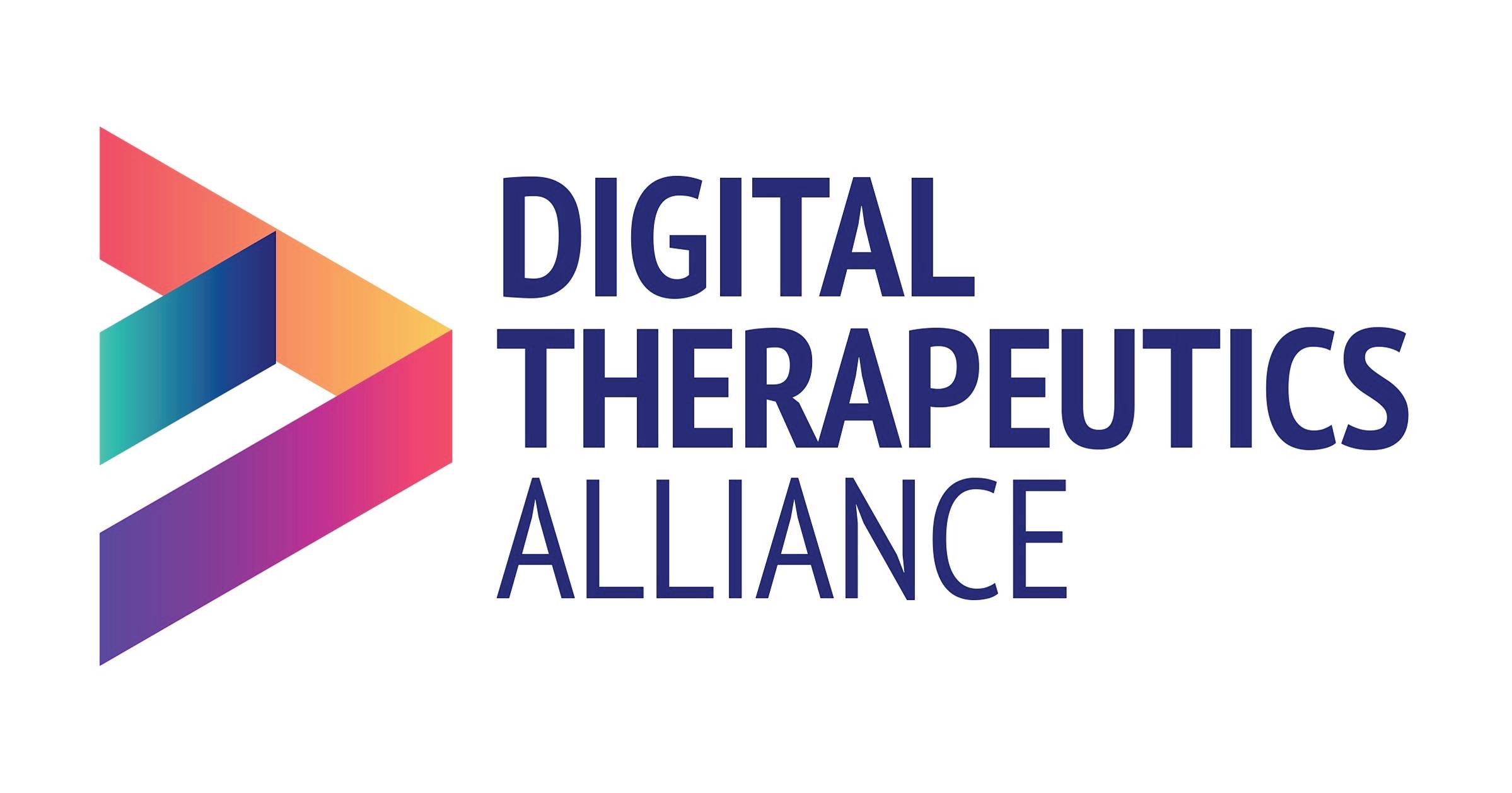
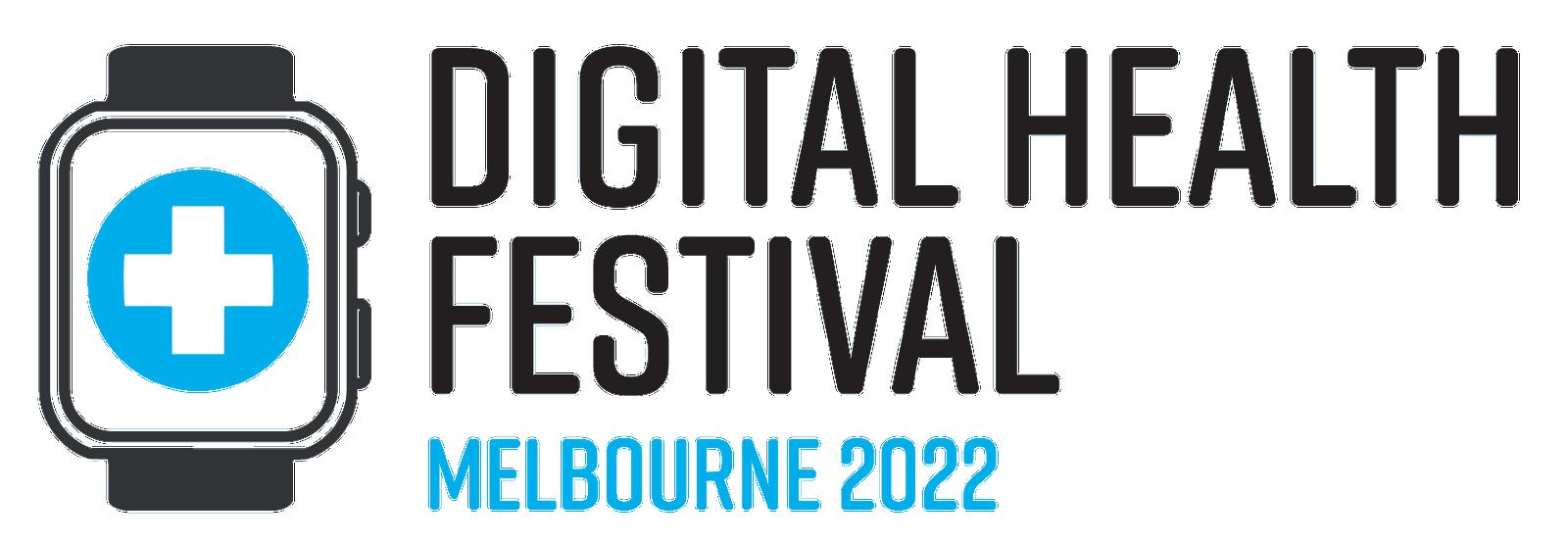
ANDHEALTH IS SUPPORTED BY THE AUSTRALIAN GOVERNMENT DEPARTMENT OF HEALTH





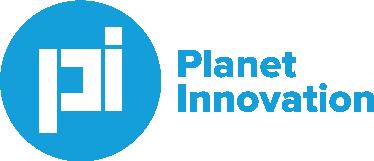



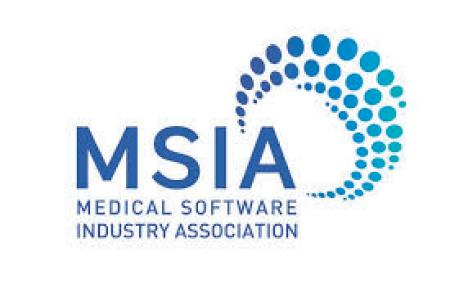









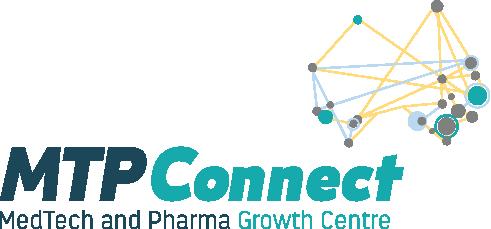


INTERNATIONAL PARTNERS


PROGRAM PARTNERS
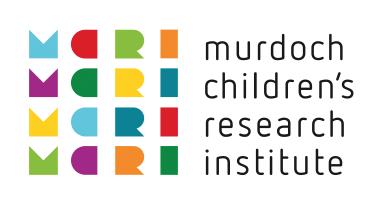
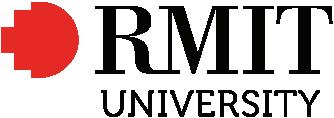

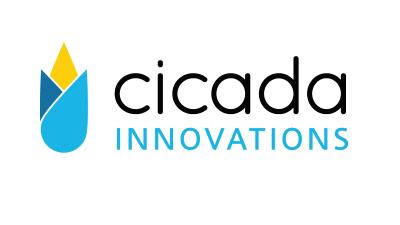


MEMBERS
ECOSYSTEM PARTNERS


Authors
This report has been prepared by ANDHealth Limited. ANDHealth would like to thank all who contributed to this document for their time, experience and input.

© Copyright 2021
This work is copyright. You may download, display, print and reproduce this material in unaltered form only (retaining this notice and imagery meta-data ©ANDHealth 2021) for your personal, non-commercial use or use within your organisation. This material cannot be used to imply an endorsement from or an association with ANDHealth without the written permission of ANDHealth. Apart from any use as permitted under the Copyright Act 1968, all other rights are reserved.
Disclaimer
This report has been prepared by ANDHealth Limited. The report is a general overview and is not intended to provide exhaustive coverage of the topics. The information is made available on the understanding that ANDHealth is not providing professional advice. While care has been taken to ensure the information in this report is accurate, ANDHealth does not accept any liability for any loss arising from reliance on the information, or from any error or omission, in the report. Any person relying on this information does so at their own risk. ANDHealth recommends the person exercise their own skill and care, including obtaining professional advice, in relation to their use of the information for their purposes. ANDHealth does not endorse any company or activity referred to in the report, and does not accept responsibility for any losses su ered in connection with any company or its activities.
